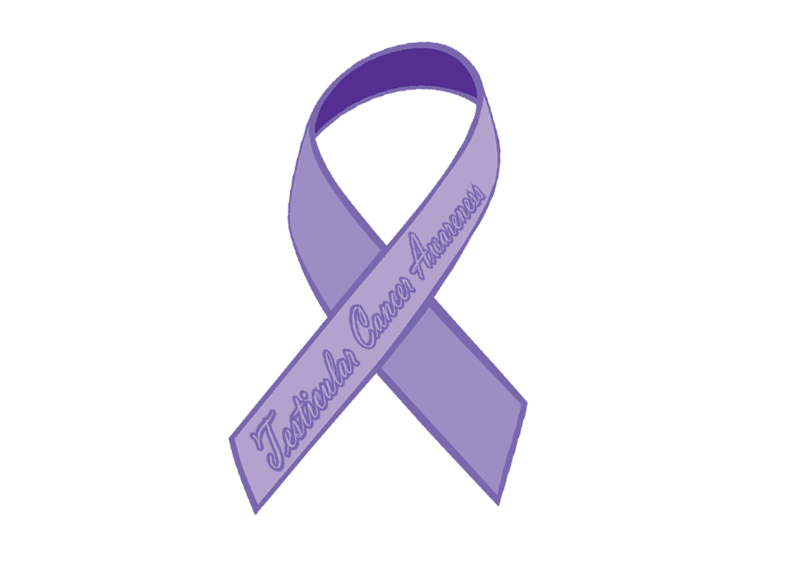April is Testicular Cancer Awareness Month
April is Testicular Cancer Awareness Month
March 31, 2015
April is “Testicular Cancer Awareness Month.” Because of this, we wanted to take this opportunity to highlight some important information about this disease.
If testicular cancer is discovered early, it’s a highly treatable cancer. It is also a rare cancer. According to the American Cancer Society, in 2014, there were approximately 8820 new cases diagnosed in the United States, of which approximately 380 resulted in death.
Here are Some Key Testicular Cancer Statistics
- The average age at the time of diagnosis is 33.
- Testicular cancer is largely a disease of young and middle-aged men (20-54), with 87% of diagnosed cases coming from this group.
- Male children, teens, and men over 55 only account for 13% of all diagnosed cases.
Are you at Risk? Main Risk Factors for Testicular Cancer
- Age- About half of testicular cancers occur in men between the ages of 20 and 34.
- Undescended Testicle- A major risk factor for testicular cancer is a condition called cryptorchidism, or undescended testicle(s). This means that one or both testicles fail to move from the abdomen (belly) into the scrotum before birth. Males with cryptorchidism are several times more likely to get testicular cancer than those with normally descended testicles.
- Family History- A family history of testicular cancer increases the risk. If a man has the disease, there is an increased risk that one or more of his brothers or sons will also develop it.
- Race and Ethnicity- The risk of testicular cancer among white men is about 4 to 5 times that of black men and more than 3 times that of Asian-American men. The risk for Hispanics/Latinos and American Indians falls between that of Asians and non-Hispanic/Latino whites.
Prevention and Self-Examination
Although it’s virtually impossible to prevent testicular cancer given the risk factors are not controllable, early diagnosis is possible by checking yourself frequently. Here’s how:
- Examine your testicles during or after a bath or shower, when the skin of the scrotum is relaxed.
- Hold the penis out of the way and examine each testicle separately.
- Hold the testicle between your thumbs and fingers with both hands and roll it gently between the fingers.
- Look and feel for any hard lumps or nodules (smooth rounded masses) or any change in the size, shape, or consistency of the testicles.
- It’s normal for one testicle to be slightly larger than the other, and for one to hang lower than the other. You should also be aware that each normal testicle has an epididymis, a small, coiled tube that can feel like a small bump on the upper or middle outer side of the testis. Normal testicles also contain blood vessels, supporting tissues, and tubes that carry sperm. Some men may confuse these with abnormal lumps at first. If you have any concerns, please ask your doctor.
- You should check yourself about once per month.
At the end of the day, testicular cancer is a rare and treatable disease, but that does not mean it should be taken lightly. If you have testicular cancer, an early diagnosis can lead to a far better chance of full recovery. All men, even if they do not fall within the primary age group for risk, should perform monthly self-examinations on their testicles.
To read more about testicular cancer, you can visit the American Cancer Society’s website at www.cancer.org.









